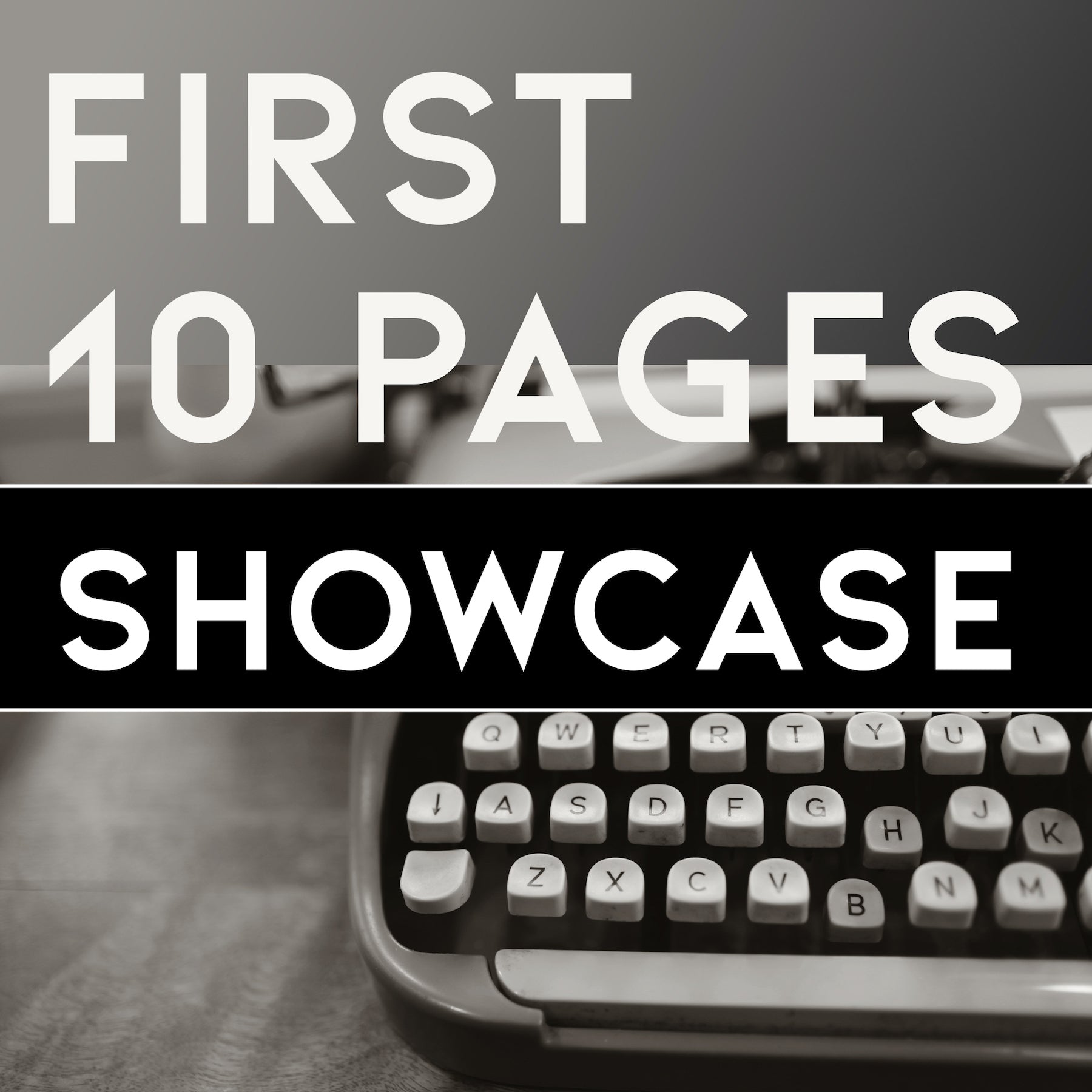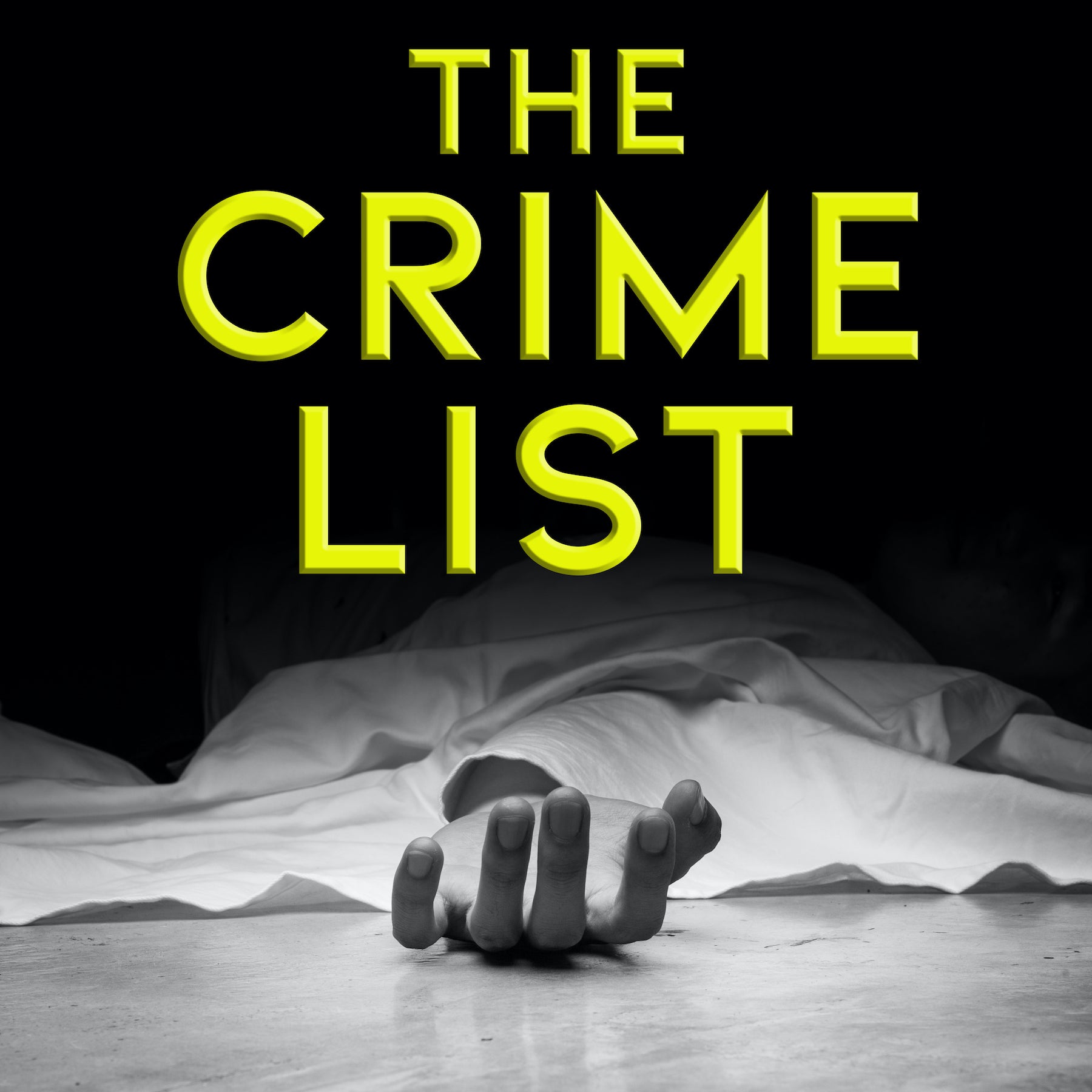
Screenwriting Guide: Act II, Act III & Rewrites
Contents
How to Navigate the Second Part of Act II of Your Screenplay
The Importance of the Midpoint in Your Screenplay
Common Problems of Act II… and 6 Tips to Fix Them
Act III: Transformation, Climax and Resolution
How to Craft a Satisfying Ending for Your Screenplay Story
3 Steps for a Successful Rewrite
How to Navigate the Second Part of Act II of Your Screenplay
Many new screenwriters despair the second act. But by focusing on the elements that make up Act II, and understanding the main character’s internal needs, a writer can effectively navigate this section of the script with ease.
Grace Period
Once the protagonist has climbed to the summit of the MidPoint, there is often what is referred to as a Grace Period, where the hero is rewarded for his discovery with a period of happiness, free of conflict and struggle. Though not found in all scripts, the Grace Period benefits a story:
- It provides a rest from the unrelenting tension building up to the MidPoint – allowing the protagonist and the audience a moment to “breath”.
- It provides an opportunity to show a renewed, invigorated protagonist and his potential to achieve the goal.
- It provides a glimpse of what the future can be if the hero achieves his goal.
Free Fallin’
Everything seems peachy-keen during the Grace Period, but there are still unresolved complications. In order for real transformation to occur, the hero must act on his new discovery, which will present additional challenges the protagonist must face to achieve the goal.
After the Grace Period, the hero begins a rapid free-fall descent. During this downward spiral, things fall apart for the hero – usually the result of the protagonist falling back on old behaviors. There is often a conflict or struggle between the old-self and the emerging new-self.
Crisis
Change comes from the hero’s own undoing – letting go of the old-self and embracing the new. And it’s not an easy process, which leads us to the Crisis (or the “death experience”) and the Second Turning Point. The Crisis is the worst possible thing that can happen to the protagonist. This external event directly relates to the hero’s internal struggle.
In the film The Silence of the Lambs, the protagonist Clarice Starling’s internal need is to alleviate her guilt and loss by catching Buffalo Bill and saving Catherine Martin. At the Midpoint she begins collaborating with Hannibal Lector and receives information (enlightenment; discovery) that puts her on the path to achieving her goal. What’s the worst thing that can happen to Clarice? To feel guilt and loss because she is unable to save a victim and take down the bad guy. Clarice’s crisis moment occurs when Lector escapes custody and Clarice faces the real possibility that she won’t be able to save Catherine without Lector’s help.
With an understanding of the protagonist’s inner struggle, a writer can develop external situations that effectively challenge the hero – making the Second Act an energized and engaging component of the script, and not the unfocused, desolate landscape many new writers encounter.
The Importance of the Midpoint in Your Screenplay
The midpoint is the “high” before the fall. It provides a breakthrough point for the hero, a shift in the dramatic conflict, and relief from the relentless resistance of the first half of the second act.
What Is Going On At The Midpoint?
As the story moves into the second act, the hero tries to solve the problem and achieve his goal in the easiest possible way – and he fails. So, he makes another attempt, and he fails again. He tries something different and still he fails. With each attempt he is faced with mounting obstacles, increasing complications, and rising conflict. No matter what he does, he is unable to achieve his goal.
When the hero hits the midpoint he is exhausted. He has reached a breaking point, which allows him to experience a breakthrough. Similar to the first and second turning points, the incident or event at the midpoint creates a dramatic shift. The protagonist’s internal reaction to this event helps him understand how his fatal flaw is impacting the conflict and preventing him from reaching his goal – and the hero begins to discover how the conflict can be resolved.
In other words, the protagonist can now see the light at the end of the tunnel and how to reach it. The midpoint event may make the hero reconsider who he is and what he believes in. And it forces him to re-evaluate his strategy. It motivates him to take a new approach to the problem. The midpoint clarifies and reveals the theme (through the protagonist’s actions and reactions) and shows the hero embracing and moving toward that truth.
Robert Towne creates a classic midpoint revelation in the screenplay Chinatown. Midway through the story, Jake Gittes figures out the water department is siphoning off water and redirecting it. In this scene, Gittes goes from being both literally and figuratively unconscious (when he’s knocked out) to being enlightened (when he “comes to”). The revelation causes the hero to formulate a new plan; he now knows what to do to begin solving the mystery.
What incident occurs midway through your story that shifts the conflict and sets the protagonist on a new path? Does your midpoint effectively clarify and reveal the theme?
Common Problems of Act II… and 6 Tips to Fix Them
Most problems in Act Two result from:
-
Lack of Focus
The story lacks clarity or wanders off course causing the reader to become confused about what is going on and why. -
Insufficient Momentum
There’s not enough energy - the story drags and stalls out instead of moving forward.
6 Tips for Fixing Act II Problems:
Tip 1: Develop a Solid Structure & Present a Clear Set Up In Act One
A solid foundation (including all the necessary components, turning points, crisis, and so on) and a clear, focused direction keep the story on track allowing the reader or audience to easily follow along as Act Two unfolds.
Tip 2: Create a Strong First Turning Point
A strong first turning point will go a long way to help push the movement forward as the story enters the second act.
Tip 3: Use Action
Keep your characters acting instead of talking – use complications, obstacles, and reversals to infuse Act II with energy.
Tip 4: Keep Your Three Storylines Progressing
The A (external problem), B (internal conflict), and C (relationship issue) storylines should continue to develop - but not be resolved until Act III.
Tip 5: Use Cause-and-Effect Scenes
Cause-and-effect scenes - A happens and causes B to result, which then causes C, and on and on - create conflict and action, and give the story direction and momentum.
Tip 6: Design Scene Sequences for Clarity and Movement
A sequence is a series of scenes (usually two to five) that are linked together and build toward a common goal. Linking related scenes that rise in tension creates momentum and keeps the second act moving forward.
YOUR TURN: Are there areas in Act II where you can substitute action points for dialogue? Are you using scene sequences to add energy to the second act? Is the story focused or does it wander? Does the first turning point pull the reader into the second act and create momentum? Are the A, B, and C storylines progressing throughout Act II?
Act III: Transformation, Climax and Resolution
Once the second turning point occurs and the story moves into the third act, the protagonist is thrown deeper into descent. Act 3 ramps up the conflict and the pace. There should be no reprieve. Avoid “saving” your protagonist after the crisis moment. Everything is at stake. When the hero is faced with the most difficult challenges yet, his transformation and triumph have more significance and deliver stronger emotional impact.
Three elements, a well-developed and crafted Transformation, Climax, and Resolution, are essential for delivering a memorable and meaningful story that resonates with the audience.
Transformation
Transformation occurs when the protagonist makes a proactive, conscious decision to take action to achieve the goal. In the face of overwhelming odds and defeat-after-defeat, the hero resolves to stand and fight no matter what. The Transformation may be the most significant moment in the story – it validates all the efforts of the hero. If the protagonist fails to make a proactive, conscious decision and the conflict is resolved in some unexpected manner (deus ex machina), it creates a contrived ending where the hero has no relevance or connection to the story. Transformation usually occurs just before the climactic scene or during the Climax.
Climax & Resolution
To resolve the dramatic tension, the hero must defeat the antagonist in some way during the Climax. Remember, the antagonist represents the internal conflict that the hero struggles with (the fatal flaw he must overcome), and the Climax scene (or series of scenes) relates directly to the overall Theme. It’s important that the thematic throughline is paid-off during the Climax or you risk negating the relevance of the story and confusing the audience.
The Resolution is an important story element because it conveys the idea that there is life after hardship and that transformation brings possibilities. Even scripts with “tragic” endings (such as Chinatown or The Wrestler) inform the audience by showing what can happen if we fail to embrace change or commit to overcoming obstacles in our own lives.
Does your story’s climax relate directly to the theme you have developed? Is there a moment of transformation in the third act where your hero makes a conscious decision to take action and achieve the goal?
How to Craft a Satisfying Ending for Your Screenplay Story
A satisfying ending is natural and inevitable. It should be synergistic with the theme and the main character’s development. It should never feel forced.
3 Types of Endings to Consider
1. The Ambiguous or Unresolved Ending
The Ambiguous or Unresolved Ending leaves the conclusion of the story open to the viewer’s or reader’s interpretation. We may have a pretty good idea how the story ends based on the set-up, but we’re not absolutely sure what will happen. This type of ending is rarely used by screenwriters - it can be tricky to string an audience along for two hours and then fail to provide an ending - however there are films that successfully master this technique and still satisfy viewers. Unfaithful, No Country for Old Men, Blade Runner and almost any film by David Lynch are examples of the Ambiguous or Unresolved Ending.
2. The Hopeless Ending
Some writers refer to the Hopeless Ending as the “downer ending” or “negative ending.” But audiences don’t necessarily leave a theatre feeling “down” or “negative” after experiencing a Hopeless Ending. Hopeless Endings can be powerful, moving and insightful. Think about the films Chinatown, Midnight Cowboy, Easy Rider, Planet of the Apes, The Wrestler, Leaving Las Vegas – each a story with a Hopeless Ending.
3. The Hopeful Ending
Hopeful Endings are not necessarily “happy” endings. The final result may be sad, bittersweet, tragic, or ironic. The hero or heroine may lose the fight, the love interest, or even his life, but ultimately these stories convey a sense of hope; that the journey was worthwhile and noble, regardless of the outcome. Things don’t turn out so good for William Wallace at the end of the film Braveheart, yet the ending gives a sense of hope that the protagonist made a difference, that he lived his life on his terms, and that his cause will go on and triumph. Other films (especially rom-coms and comedies) are the upbeat, happily-ever-after, “feel-good” variety in which the heroes emerge from their conflicts and ordeals battered but stronger. Hopeful Endings are the most popular.
Examples of Sad-But-Hopeful Endings include: Witness, Million Dollar Baby, Gran Torino, American Beauty, The Perfect Storm, The Sixth Sense, Thelma & Louise, and L.A. Confidential.
Examples of Happily-Ever-After Endings include: Working Girl, When Harry Met Sally, Sideways, Juno.
3 Tips to Ensure You Craft a Satisfying Ending for Your Story
- Determine what inevitable path the protagonist is on. Ben Sanderson’s self-loathing and downward spiral into alcohol in Leaving Las Vegas leads to his inevitable demise.
- Be aware of the tone, style, and genre of your script. If you’re writing a breezy, fun rom-com your ending probably won’t include death, destruction, and hopelessness.
- Pay off the theme. The Shawshank Redemption deftly interweaves the theme of “hope” throughout the film’s scenes of violence and loss – the inevitable and satisfying ending is one of hope. The theme of Chinatown is “the powerful always win” – the inevitable and satisfying ending pays off this theme.
What type of ending are you using for your story? Why is it the most satisfactory ending for your screenplay?
3 Steps for a Successful Rewrite
For many writers the revision process is a daunting task. It can be less challenging when you approach the next draft with a clear, organized plan. Here are three steps to help you along your path to a successful rewrite:
Step 1: Clarify Your Vision of the Final Draft
What is your goal for the script? Do you want to capture the tone and pace of a particular genre? Is your intent to convey a specific theme or tell a character-based story? When you have a clear vision of what you want your final draft to look like, then you have a destination. When you have a destination you clearly know where you want to go, how to map your way to get there and, most importantly, you can determine when you’ve finally arrived.Step 2: Analyze & Chart the Strengths and Weaknesses of Your Current Draft
Review each element and note where it's weak or needs improvement.Your chart may look something like:
Protagonist's Dialogue = strong
Antagonist's Dialogue = weak (cliché, missing a "bad guy speech"…)
First Act Structure = weak (lacking compelling inciting incident, didn’t introduce antagonist, dramatic question not set up…)
TIPS FOR ANALYZING YOUR SCRIPT:
Read For Structure
Does the script hit all the necessary structure elements, including the hook, the set up, the inciting incident, the crisis, climax, and resolution?
Read For Scenes and Sequences
Does each scene and sequence have a beginning, middle, and end? Do they contain escalating conflict and pack an emotional punch?
Read For Description
Does the narrative tell a visual story and move the story forward? Does it capture the tone and pace of the story? Is it succinct and direct?
Read For Dialogue
Is the dialogue compelling? Is each word necessary? Could the characters be doing something instead of talking about it? Does each character have an individual voice that is distinct from all the other characters’ voices?
Read For Characters
Is each character fully developed? Does each character have a purpose? Does the main character experience a significant and believable transformation?
Read For Throughline
Is the throughline consistent? Does each element serve the throughline?
Step 3: Create a Revision Map
Once you have analyzed and charted the strengths and weaknesses of the current draft, you can create an effective revision map to follow throughout the rewrite process. The revision map is a checklist of each of the areas you need to address, for instance:
- Add a scene to Act Two to show the protagonist’s admiration for his brother.
- Polish the antagonist’s dialogue to reflect his education.
- Escalate the conflict in scene three of Act One.
- Combine the characters of Mary and Sue into one character for stronger impact.
- Move the fourth scene in Act Three to the end of Act Two.
- Eliminate scenes in the First Act to get to the inciting incident quicker.
- Clarify the protagonist’s goal in Act One.
Now you’re ready to attack your next rewrite.










